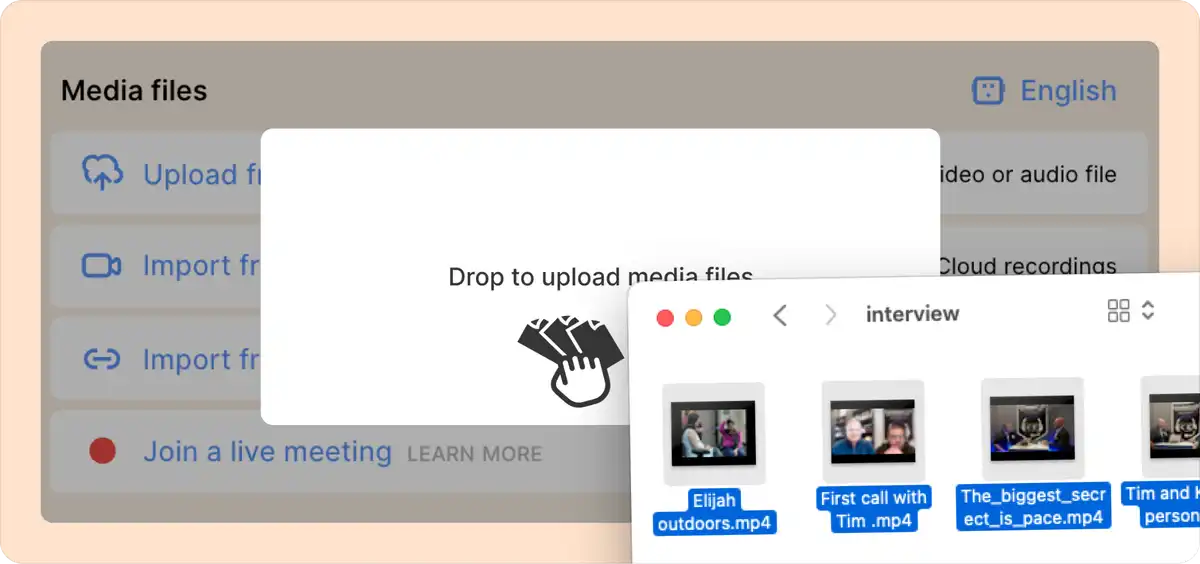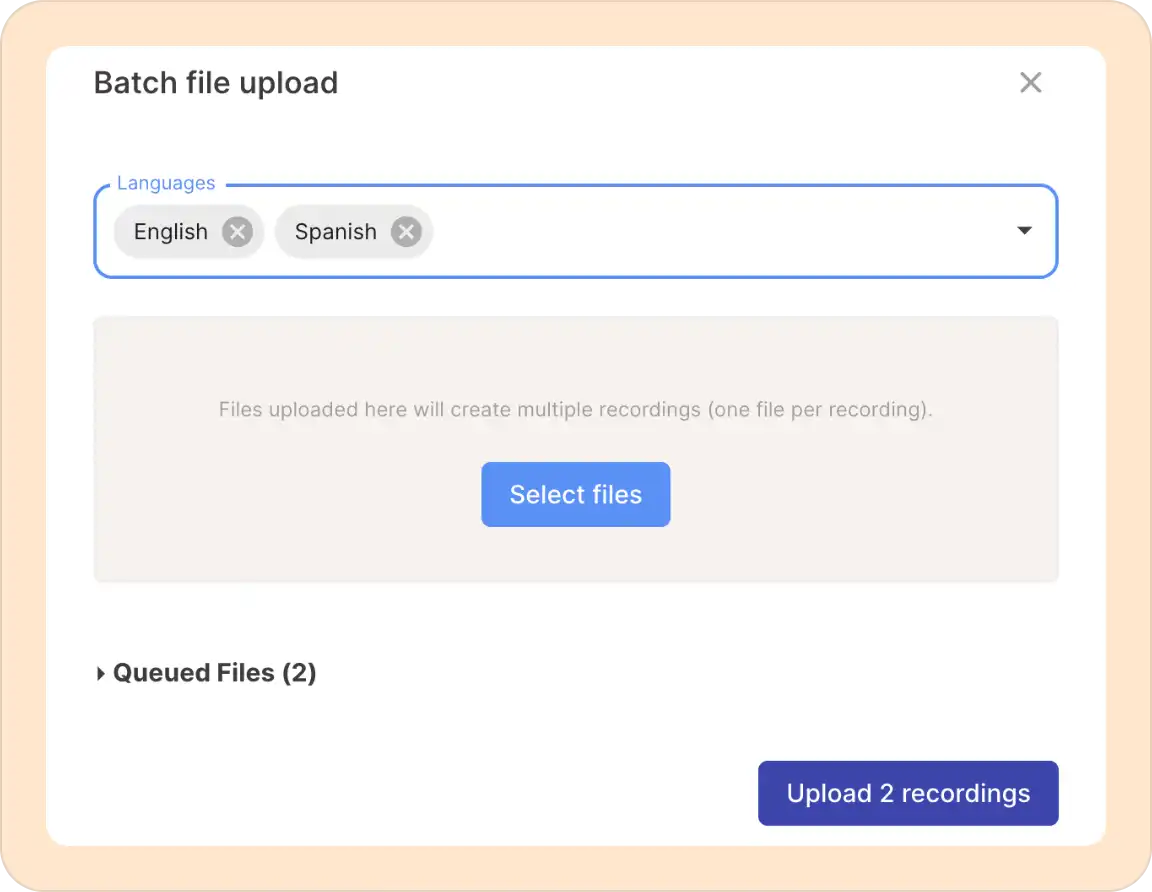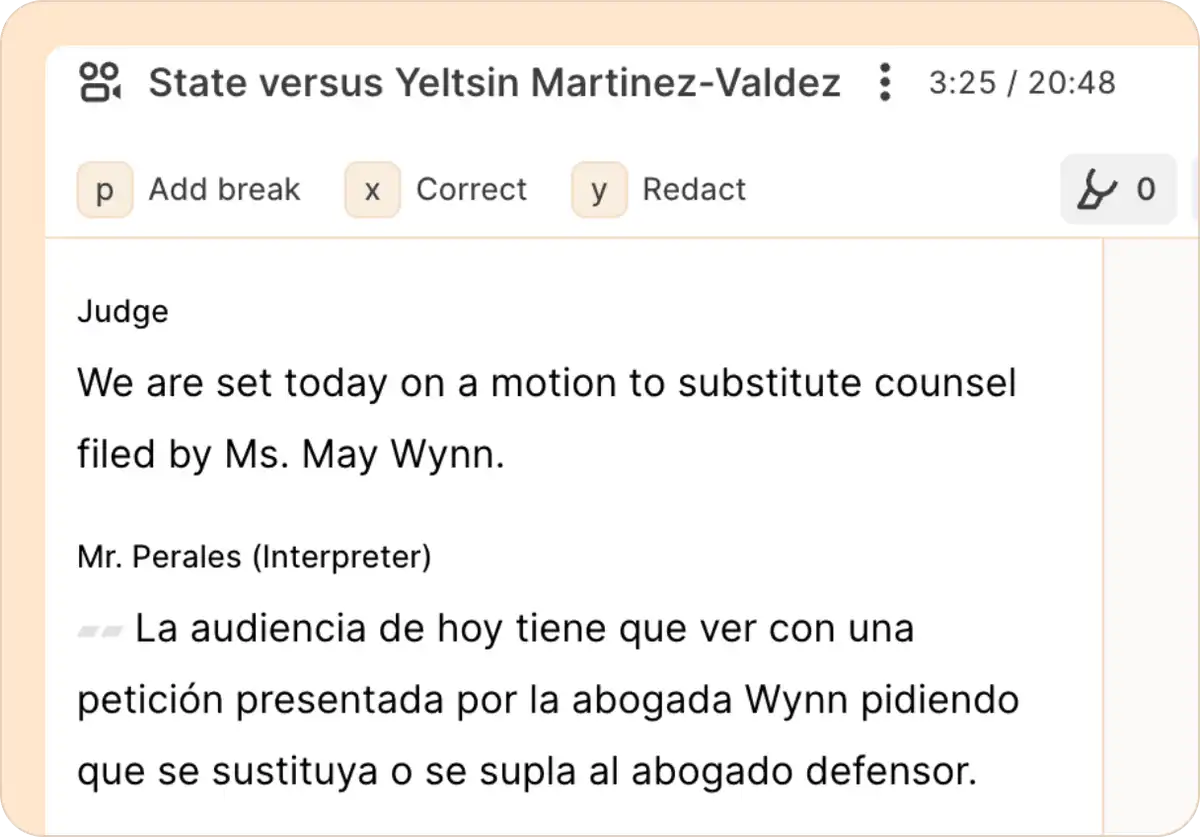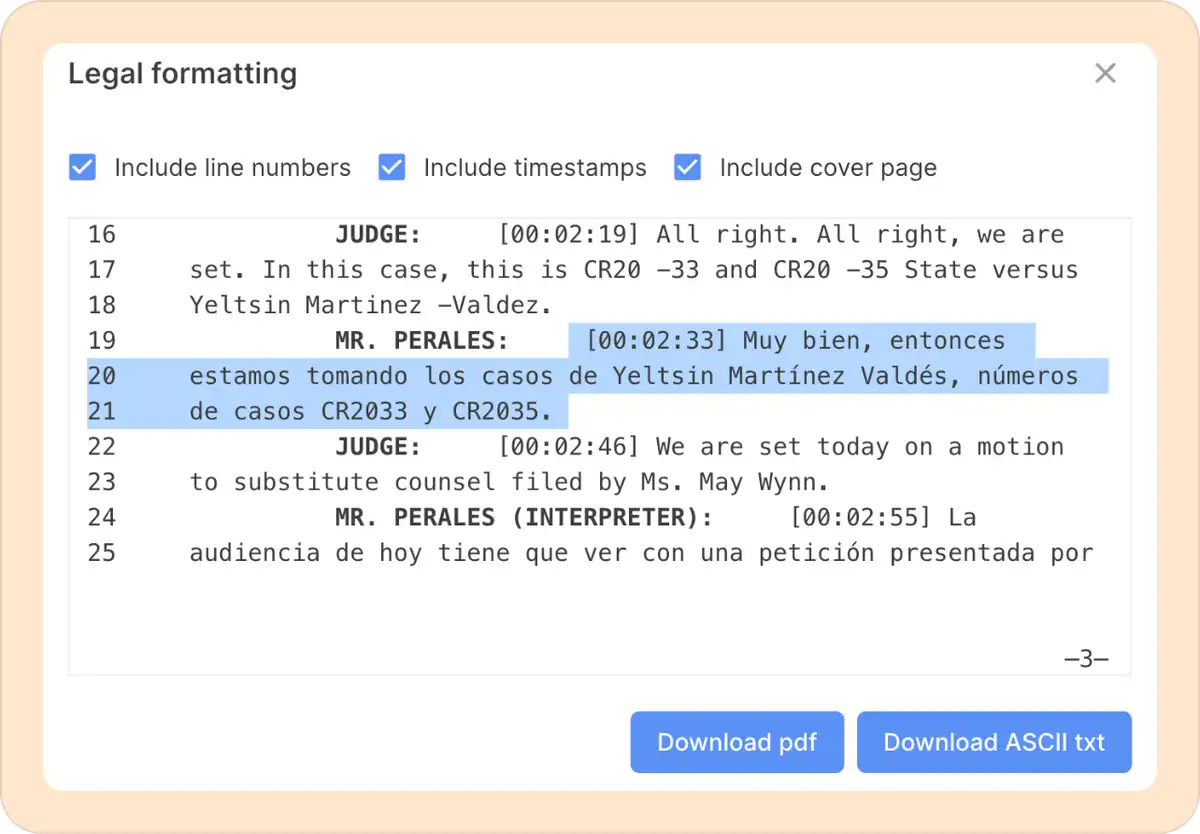How to Transcribe Bilingual Footage
July 2025
·
2 min read

Many Americans speak languages other than English. Spanish is by far the most common non-English language, with around 41.2 million speakers nationwide, followed by Chinese, Tagalog, and Vietnamese.
Because of this diversity, public defenders often encounter minorities who speak in mixed languages, like Spanglish, making it harder to catch what was actually said, how it was interpreted, or whether rights were properly explained.
Most AI transcription tools aren’t built for that kind of complexity. Reduct is—and we’ve done the work to make sure it performs well in challenging situations, like these:
-
The defendant responds in Spanish, while the police officer questions in English.
-
The defendant speaks Spanish, the police officer speaks English, and the interpreter relays both languages.
-
The defendant speaks Spanglish, jumping between Spanish and English mid-sentence.
No matter the case, it’s easy to transcribe bilingual footage with Reduct. Here’s how to get started:
1. Batch upload your footage
You do not need to worry about the footage having mixed languages when uploading them because Reduct is designed to process multilingual audio.
Whether it’s jail calls, bodycam footage, or courtroom recordings, you can upload all your footage in bulk either from your computer or a public URL.

2. Specify the languages used in the audio
Before transcribing, you can select which languages appear in the footage. This helps Reduct accurately identify and separate each language during transcription.
In this example, we’ve selected English and Spanish. If your footage includes more than two languages, simply choose the additional ones from the dropdown menu.

3. Get transcript that captures each language exactly as spoken
Reduct transcribes the audio exactly as it was spoken, even when speakers switch between languages mid-sentence. You’ll see both languages represented accurately in a single, continuous transcript.

4. Clean up the transcripts
You can correct any mistakes the AI makes as easily as editing text, but with Reduct’s industry-leading accuracy, you won’t typically have to spend much time on transcript corrections even for bilingual audios.
4.1. Catch what others miss with Retranscribe
Most transcription tools give you a one-and-done transcript, often skipping over anything that sounds unfamiliar or low-volume. In bilingual footage, that can mean treating an entire language as background noise.
But Reduct accurately captures every spoken word, regardless of language or volume, so you don’t have to worry about missing the transcript of one of the languages.
And even if it misses something, Reduct’s unique Retranscribe feature lets you select that section for a second pass. This tells the AI to listen more closely and reprocess the audio with added attention to quieter voices, off-mic speech, and anything that might have been missed the first time.
It’s a powerful way to recover details that could be critical to the case.
4.2. Translate the entire recording
Say you’re reviewing a jail call and the majority of the conversation is in Spanish. Reduct lets you translate the full transcript into a single language (like English), while preserving the original bilingual version that you can view side by side.
This way, you can follow the full exchange in a language you understand while still seeing what was actually said, and how it was said.
5. Export transcripts in legal format
You can then export the bilingual transcript in various formats, including ASCII txt, PDF, and Word documents, with PDF and ASCII txt supporting legal formatting options such as line numbers, timestamps, and cover pages.

Bilingual footage doesn’t have to become a bottleneck.
With Reduct, you can quickly transcribe bilingual footage and translate it, so nothing gets lost across languages. It helps you spot critical details across languages, challenge interpretations when necessary, and build a stronger, more accurate defense record.
Start reviewing bilingual evidence faster, without waiting on outside translators.


